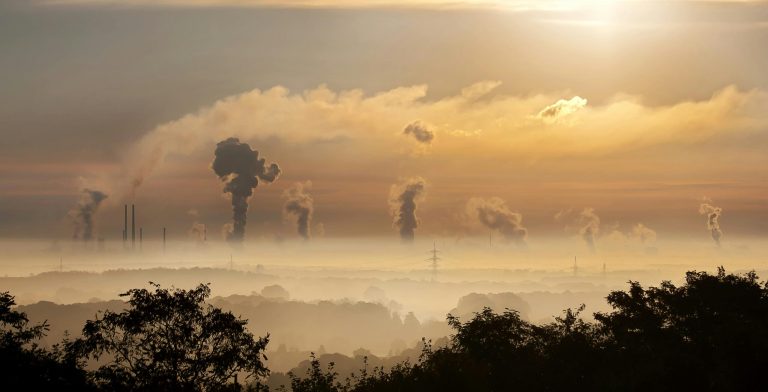The Paris Agreement sets an ambitious goal to keep global temperatures to “well below 2 degrees Celsius, and preferably 1.5 degrees Celsius” compared to pre-industrial levels. To achieve the 1.5°C target, global emissions must fall 45% below 2010 levels by 2030 and reach net zero emissions by 2050[i]. To achieve this, countries have committed to reducing emissions through Nationally Determined Contributions (NDCs), with more than 140 countries also committing to net-zero emissions targets.
To translate international commitments into domestic actions, some countries have established legal frameworks Strengthen climate action by all stakeholders – states and the private sector – entities and the financial sector. As of 2022, 56 countries have enacted laws with the direct goal of limiting greenhouse gas emissions, and their collective jurisdiction covers 53% of global emissions.[ii]
India has ambitious nationally determined contribution targets but lacks the legal framework to achieve an economy-wide net zero target.
India updated its Nationally Determined Contributions in 2022 and committed to achieving net-zero emissions by 2070. India’s Long-Term Low Carbon Development Strategy (LT LEDS) signals a strong commitment to climate action.
However, policy actions in India need to be supported by a legal framework, India has no formal climate legislation at either the federal or state levels, and some environmental and sectoral legislation is often interpreted to implement climate actions. However, legacy environmental laws (Table 1) predates climate change discussions and does not make greenhouse gases an explicit focus.
Recent sectoral laws and amendments, such as the Electricity Amendment Bill (2023), strive to integrate climate action by promoting renewable energy sources. However, these laws mainly focus on improving regulatory and sectoral efficiency, and Discussions about climate action and emissions reductions are largely 'incidental and peripheral'[iii].
Table 1: India’s legacy laws and climate action
| Acts/Regulations | main target | climate correlation |
| legacy law | ||
| Air (Prevention and Control of Pollution) Act (1981) | The bill provides a comprehensive approach to addressing environmental issues related to air pollution. | While it sets emission standards, these standards only include carbon monoxide (CO), not carbon dioxide (CO2) or any other greenhouse gas emissions |
| Environmental Protection Law (1986) | This law establishes rules to protect the environment and prevent environmental pollution. | The bill does not explicitly mention emissions reductions. However, the Act could be interpreted to cover emissions within the definition of “pollutant” |
| Recent laws and amendments | ||
| Energy Conservation Amendment Bill (2022) | The bill promotes energy efficiency and sustainable energy practices. It also established the Bureau of Energy Efficiency (BEE). | Amendments to the bill in December 2022 included a carbon credits trading scheme. Based on this, India's carbon market rules were announced in May 2023. |
| Electricity Revision Act (2023) | The Act establishes laws relating to the generation, transmission, distribution, trading and use of electricity. | It places special emphasis on promoting renewable energy. |
India needs an overarching climate law…
While all these laws are relevant to climate action, the existing focus (or lack thereof) may not be enough to drive India’s ambitious emissions reduction targets. While policies and targets demonstrate India's commitment to addressing global climate issues, policies need to provide additional support through legal frameworks and appropriate laws.
To address this gap and provide support for implementation, the Upper House of India’s Parliament recently introduced a Net Zero Bill.[iv]
While this is a welcome step, any net zero legal framework is likely to require a re-alignment of existing environmental laws. One way to achieve this is to combine air, water and environmental protection bills under one climate/environment bill covering both mitigation and adaptation. Simply enacting an overarching trade union law may not be enough, but also requires action in terms of institutions (including redefining existing institutions such as the National Green Tribunal, Pollution Control Board and National Climate Panel), rules and procedures, penalties and incentives for economic entities The same measures include sub-sovereign countries to embark on a low-carbon trajectory.
[i] Intergovernmental Panel on Climate Change. 2018. Intergovernmental Panel on Climate Change.
[ii] Sridhar A, Dubash K, Averchenkova A, Higham C, Rumble O. 2022.
[iii] Bhushan C, Gopalakrishnan T. 2021.
[iv] Why legislate a net zero target? 2023. Financial Express.
